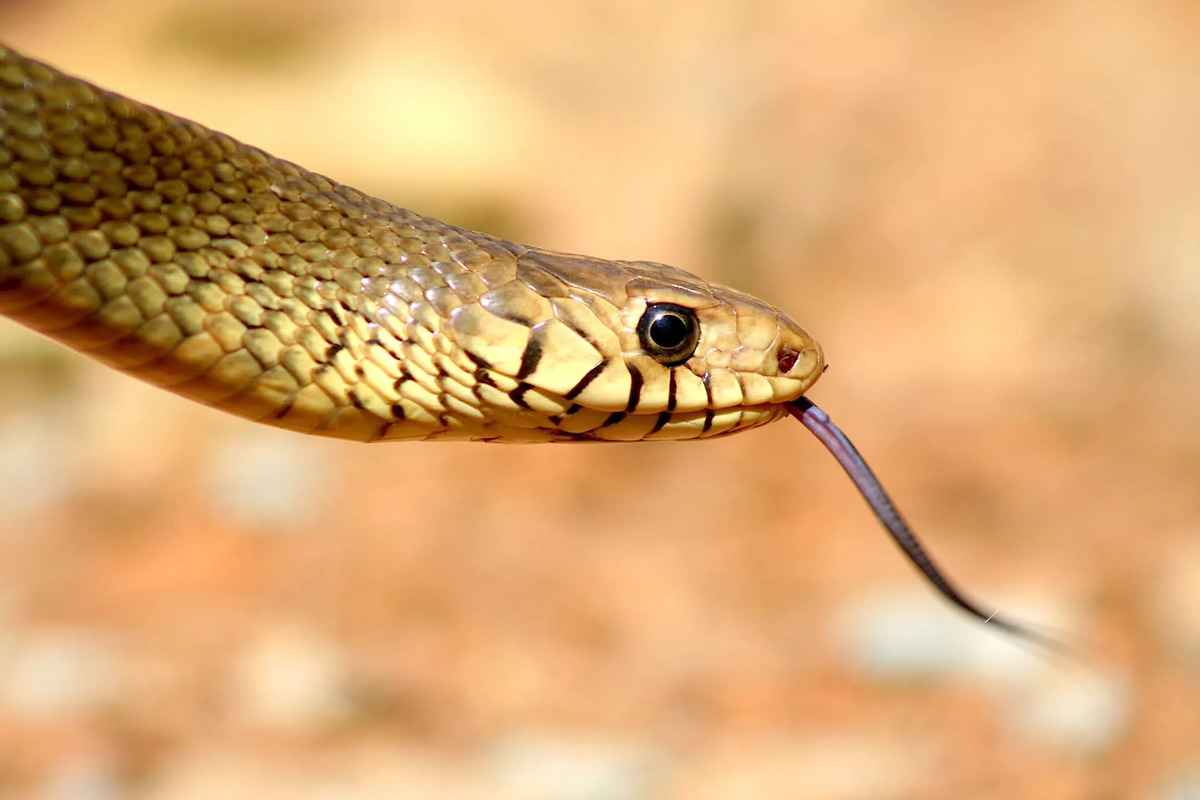The Indian Rat Snake (Ptyas mucosa), a familiar sight across the Indian subcontinent, is poised to gain a new title in Kerala. The State Board for Wildlife is currently reviewing a proposal to officially designate this species as the state reptile. Locally referred to as Chera, Manja Chera, or Karinchera, this snake is more than just a common backyard visitor — it’s an unsung ecological hero.
Why It Matters: Ecological Role
Despite its intimidating appearance, the Indian Rat Snake is non-venomous and plays a critical role in balancing local ecosystems. These snakes are skilled predators of rodents, which not only safeguards crops but also limits the spread of rodent-borne diseases. Even more impressive, they occasionally consume the hatchlings of venomous snakes like cobras, helping regulate predator populations in the wild.
Legal Status: A Protected Species
The Indian Rat Snake enjoys the highest protection under Indian law, listed under Schedule I of the Wildlife (Protection) Act). This designation acknowledges its ecological and agricultural importance and legally mandates its conservation.
Conservation Concerns
While the IUCN Red List categorizes the Indian Rat Snake as a species of Least Concern due to its wide range, challenges persist. Overharvesting for meat, skins, and traditional medicine — especially in parts of Southeast Asia — threatens the species. Despite their adaptability, ongoing exploitation and habitat disruption continue to drive a slow but steady decline in population.
Natural Habitat and Range
Highly adaptable, Indian Rat Snakes inhabit diverse landscapes — from forests and scrublands to farms and even urban settlements. Their frequent presence in human habitations is a testament to their resilience. Geographically, they are widespread throughout India, including outlying regions like the Andaman Islands.
Human-Snake Interaction: Bridging the Gap
Snakes often invoke fear, leading to unnecessary killings and conflict. To counter this, Kerala’s Forest Department has trained volunteers to respond to snake encounters safely. Additionally, the SARPA app helps raise public awareness and promote snakebite prevention — a vital step toward peaceful coexistence.
Cultural Impact and Trade
While celebrated in folklore, Indian Rat Snakes also face exploitation. In some areas, they are consumed as food, and in regions like Vietnam, they are used in the snake wine industry. These practices, coupled with the exotic pet and skin trades, pose significant threats to wild populations.
Reproduction and Resilience
These snakes reproduce prolifically, often laying multiple clutches of up to 18 eggs per year. Though this high fertility supports population resilience, environmental pressures and human activities continue to challenge their long-term survival.
Final Word
The Indian Rat Snake is more than just a slithering silhouette in the grass — it is an essential component of Kerala’s biodiversity. Recognizing it as the state reptile would not only honor its ecological value but also reinforce efforts toward wildlife education and conservation.



